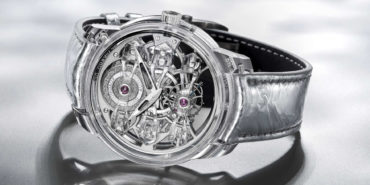Specialist Picks • 16 Jan 2020
Sector Dials from Switzerland
Sector dials seem to be making a bit of a recent resurgence on the contemporary watch market. From long established brands like Longines and Jaeger-LeCoultre to innovative Swiss independents and masters of fine watchmaking like Patek Philippe, a great variety of watchmakers have been producing their own iterations of the 1930’s inspired dial. Up in the hills of the Vallee de Joux and down by the shores of lake Geneva, the sector dial is quietly but competently being revisited and revitalised for the present-day wrist.
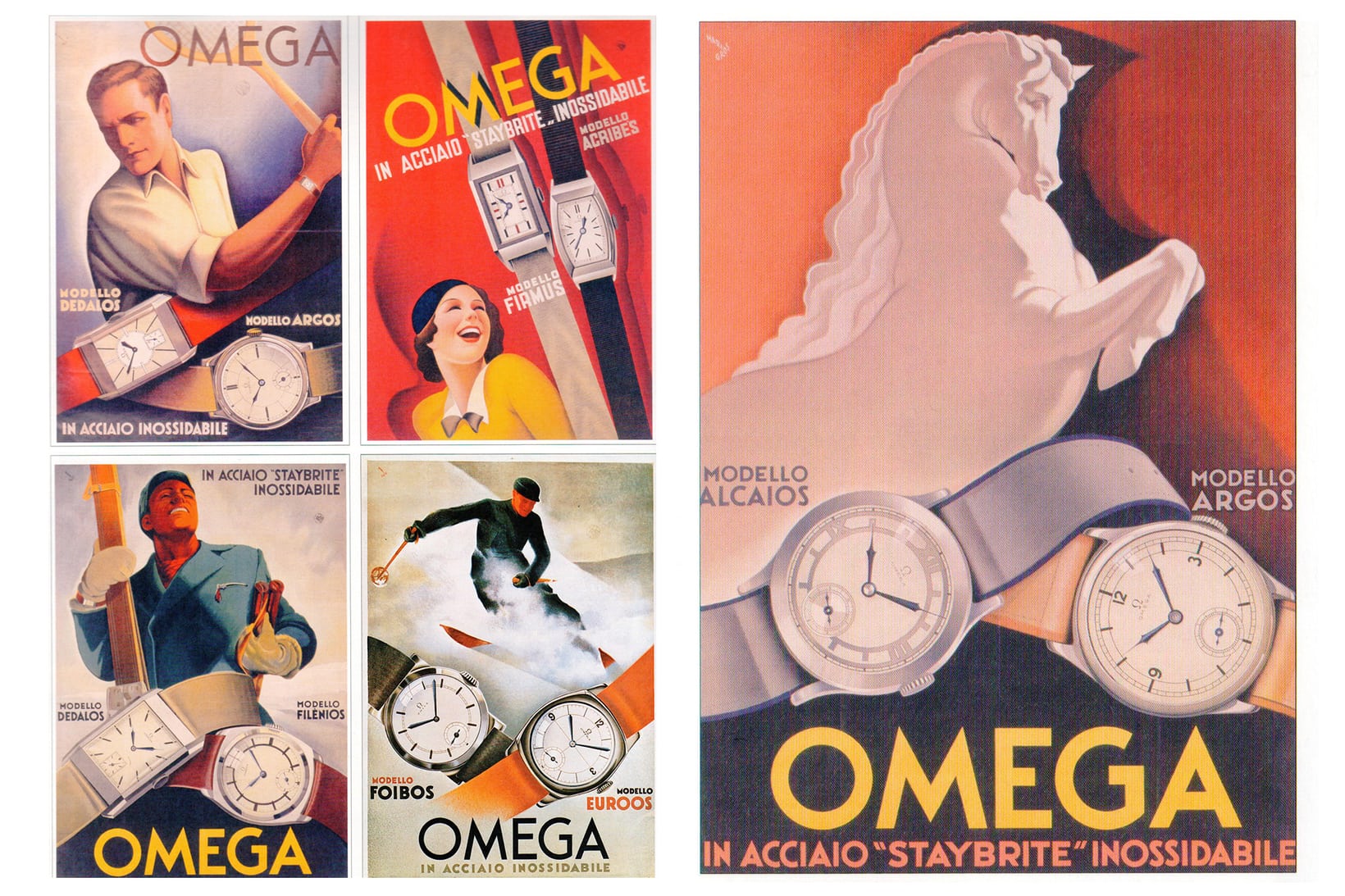
A sector dial is defined primarily by its concentric composition, meaning that the design of the dial is formed by the relationship between two circles of differing sizes which share the same axis. Doing so acts to visually segment the dial and easily distinguish between the indication of the hours in the inner section and the minutes in the outer section. Various examples of sector dials can be found to have been produced from about 1910 onwards, but it was throughout the 1930s that the design became truly popular. During this period it was primarily Omega and Longines who produced the most enduring iterations, but soon versions of the dial were popping up on all sorts of watches across Switzerland. Today, the pragmatic aesthetic principles behind the sector design are in the midst of a process of revival after several decades spent in hiatus during the latter half of the 20th century – they are well and truly back, and importantly, they are available at a wide range of price points.

Starting at the entry level is the newly released Longines Heritage Classic Sector – a watch that perfectly demonstrates the clean functionality of the sector design in action. Longines are one of the best in the industry at looking back at a rich brand heritage and giving new life to an old design – this time, the inspiration was a timepiece of theirs from 1934. The sector design allows for the execution of a striking two-tone silver dial with dark numerals at 3, 6, 9 and 12 o’clock and bold indexes at each hour in between. Above the lower seconds subdial sit slender blued steel hands and a subtly placed Longines logo, making the innermost circle appear considered and balanced. With a versatile diameter of 38.5mm, the steel case and its gently angular lugs allow the watch to maintain a sturdy yet discrete presence on the wrist. The Heritage Classic Sector is a perfect example of Longines delving into its archives and making subtle yet meaningful aesthetic and mechanical improvements.
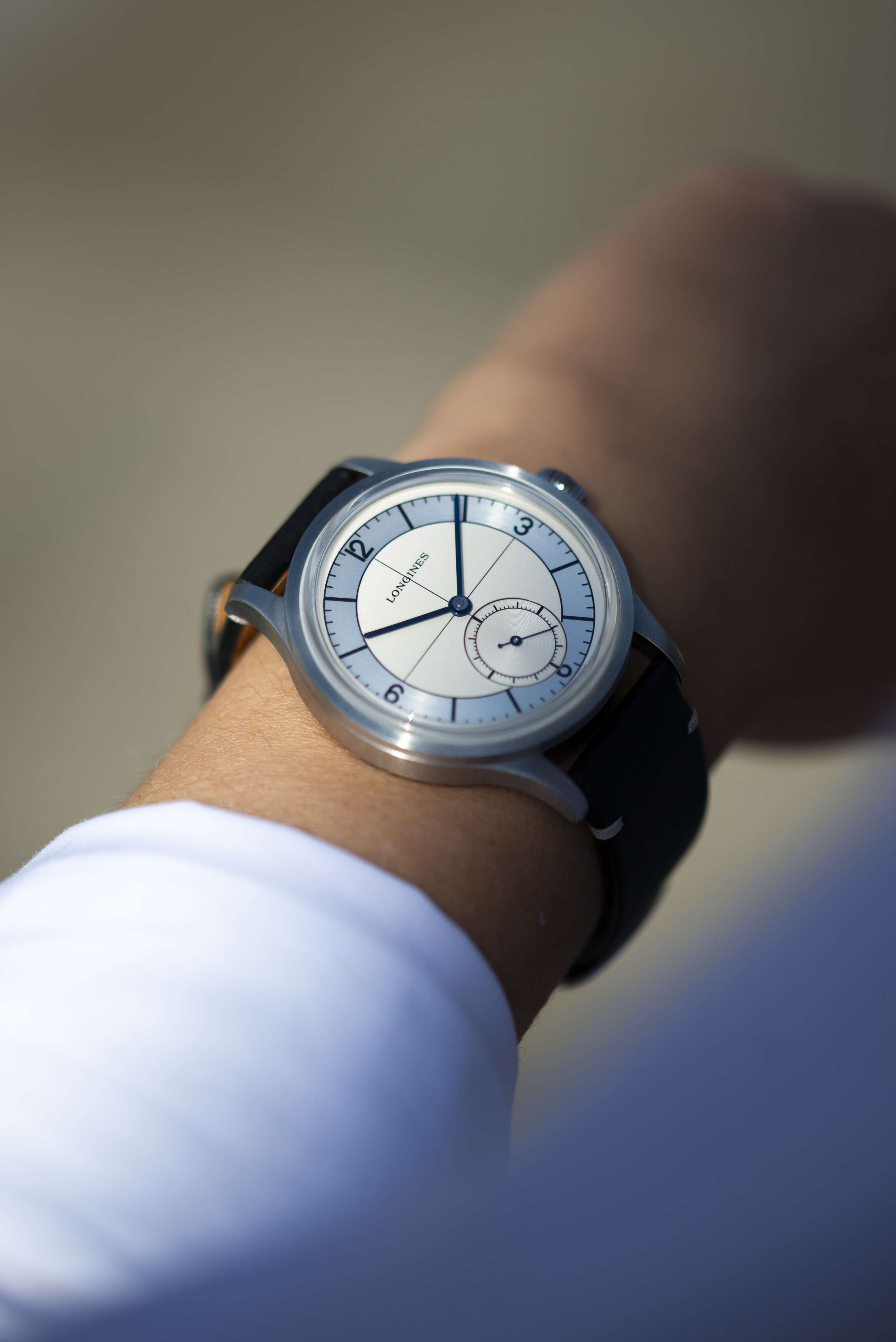
One step up is the Jaeger-LeCoultre Master Control Date – released to celebrate the 25th anniversary of the Master Control collection. The Master Control releases from SIHH 2017 also included a chronograph and a refreshingly innovative travel watch, but the Master Control Date stands out as the most faithful rendition of the sector dial design. Similar to the Longines, the two-tone silver dial with its satin-brushed outer track (which contrasts superbly against the opaline finish of the centre) features sturdy numerals at 3, 6, 9 and 12 o’clock and defined indexes for the remaining hours.

However, that is where the similarities stop. Whereas the Longines has a subdial for the seconds, Jaeger-LeCoultre opted for a central sweeping seconds hand. The dial is also broken up by the inclusion of a date window – sometimes date windows can look like a lazy afterthought, but this time the designers in Le Sentier have executed a tasteful and useful little aperture (the blue numerals really complement the tones around the rest of the dial). The combination of skeletonised syringe hands alongside the angular, geometric details act to exude an air of crisp precision, but never sterility. At 39mm in diameter and only 8.5mm in height, the Master Control Date is a slim and slender timepiece that somehow manages to fit inside its steel case the automatic JLC Calibre 899/1 and its gold swinging rotor. Clean, simple, sophisticated – a very Jaeger-LeCoultre offering.
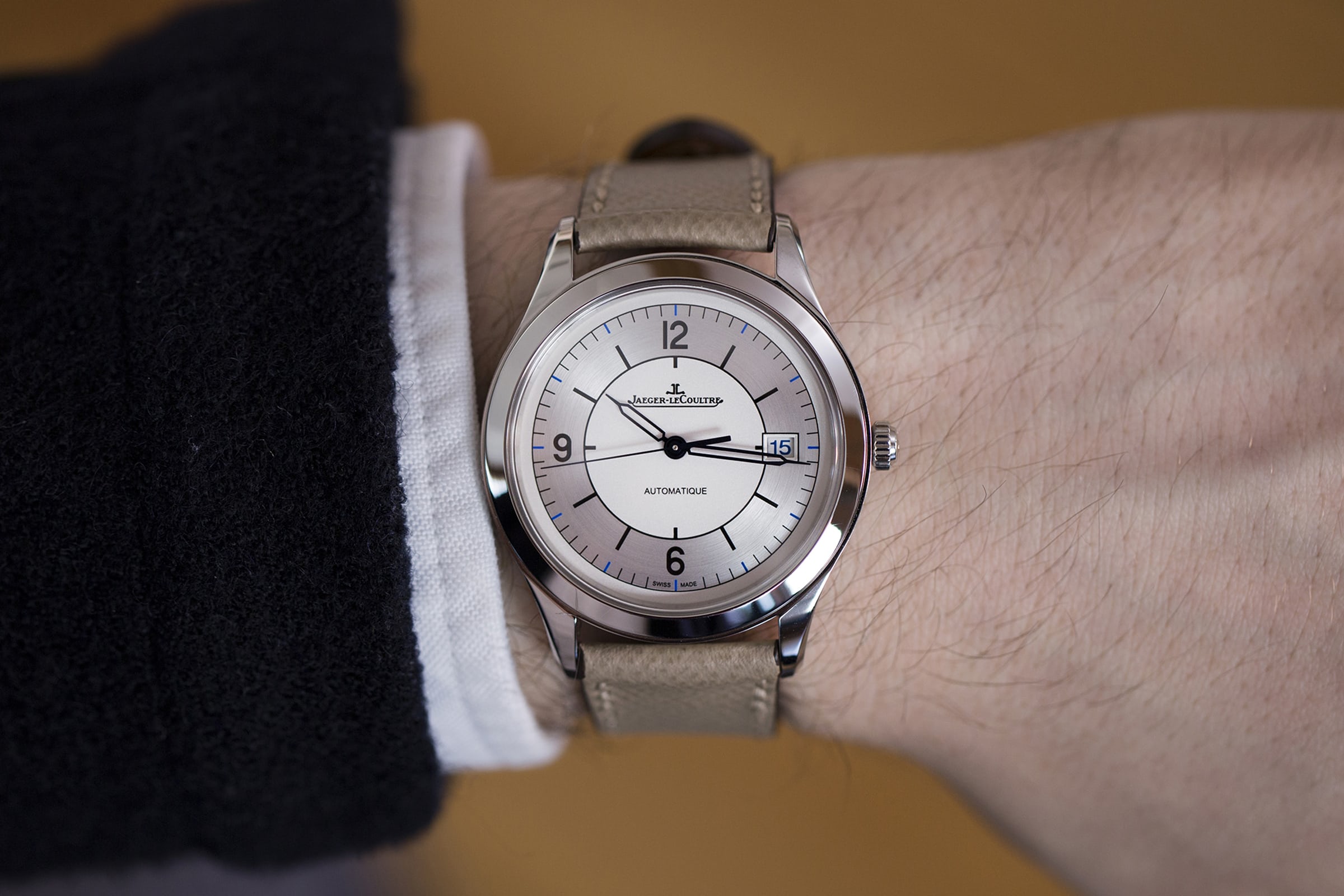
Continuing the upwards trajectory, another step up the horological ladder are a few examples of high-end sector dial interpretations. None other than Patek Philippe dabbled with the nostalgic design on their Ref. 5296 Calatrava – a rigorously geometric aesthetic reminiscent of the stationary like rulers and protractors which you have not seen since school days. Whereas the aforementioned timepieces are found in a stainless steel cases, Patek Philippe has instead opted for the precious metal of white gold to encase its automatic Caliber 324 SC.
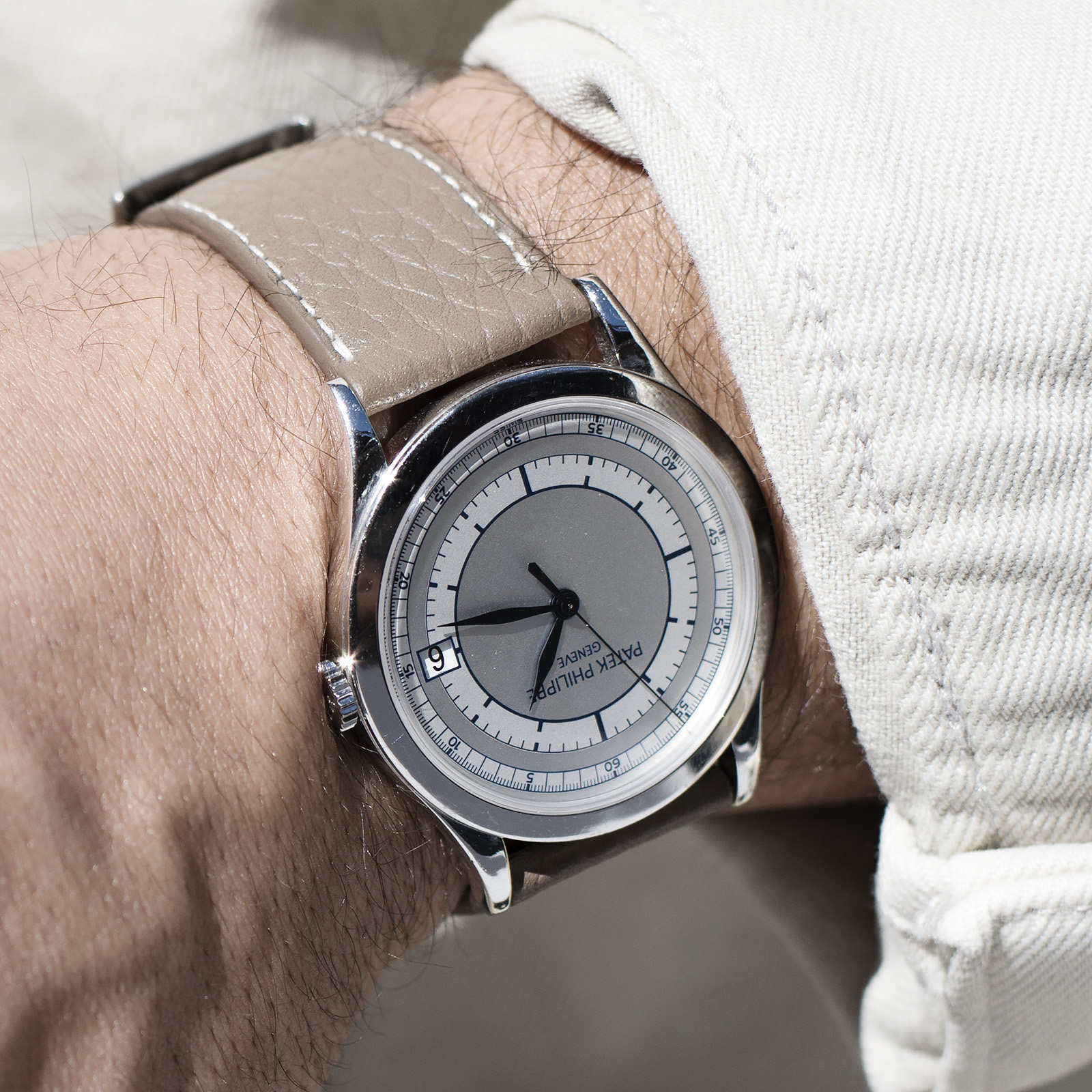
What all three pieces share is an overwhelming tonal similarity with a deft mixture of blue, grey, white and black constituting their colour palettes. Contemporary variations on the sector dial have also found favour amongst the small scale, independent ateliers of the watch world. To start, one might cast their gaze towards the Galet Micro-Rotor Square Boreal from Laurent Ferrier. The dial is decidedly minimal and in doing so veers away from the near-mathematical personality of typical sector dials – it is a watch which aptly upholds Ferrier’s ‘creatively classic’ ethos.
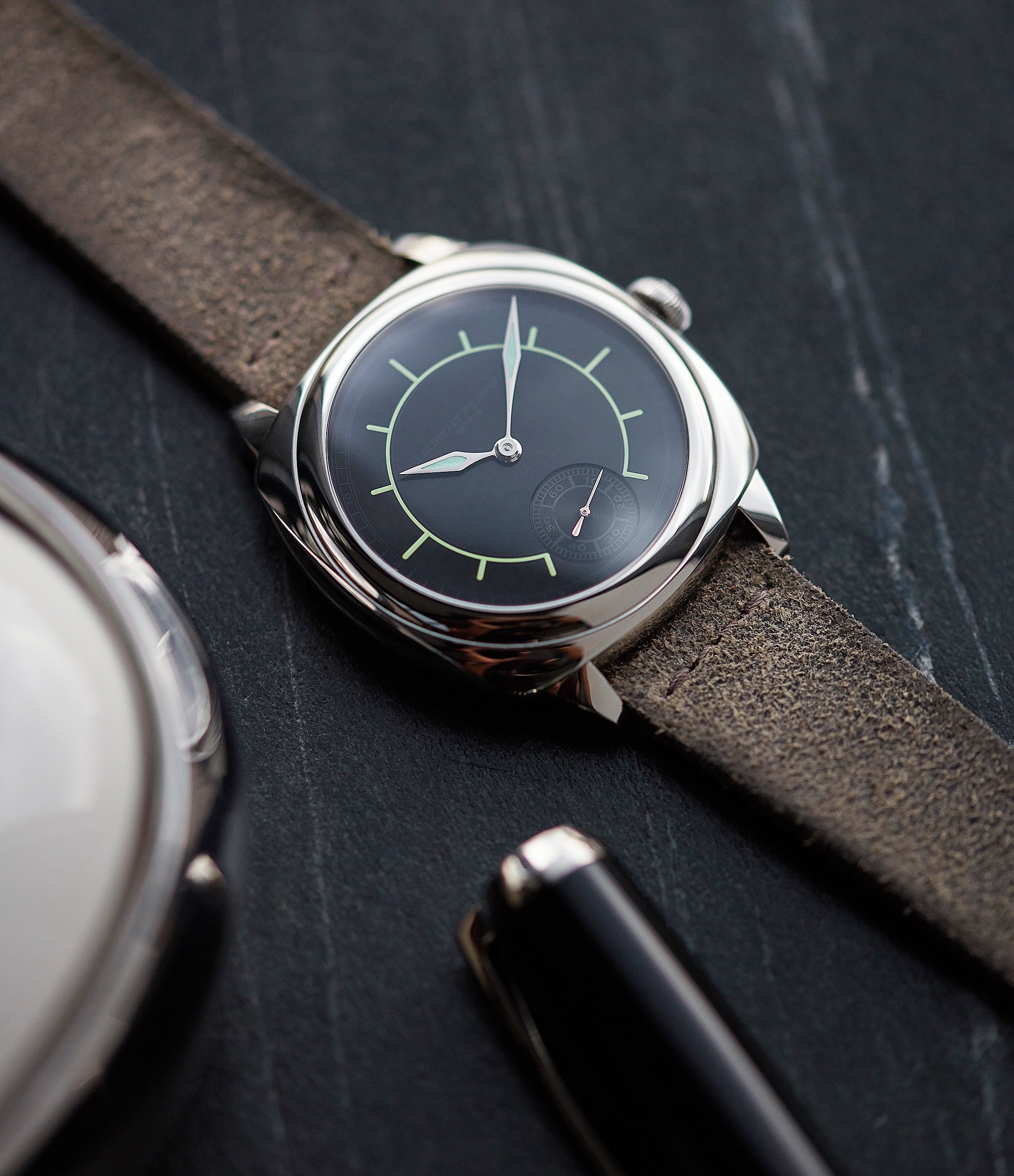
Also from within the Canton of Geneva, Rexhep Rexhepi’s Chronometre Contemporain arguably makes a subtle reference to the aesthetic legacy of the sector dial. The platinum edition with its white enamel dial and blue printing might seem to fit the most with the other contemporary sector dial variations on the market, yet irrespective of the colour choices one can clearly observe an aesthetic vernacular that nods to the segmented linearity of the sector form.
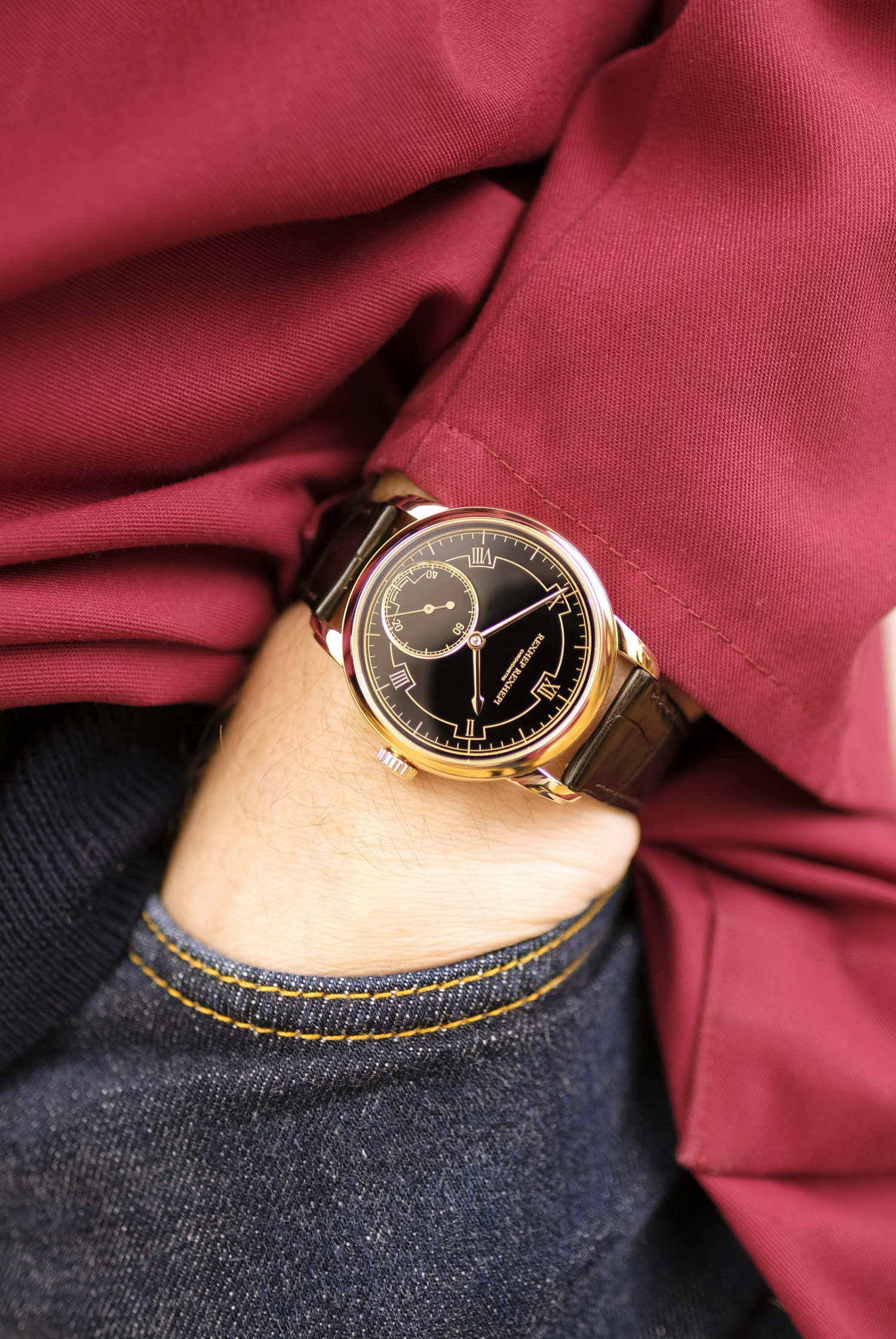
Whether in an accessibly priced Longines or in an elaborate mechanical sculpture from Rexhep Rexhepi, the early-20thcentury design language of the sector dial is well and truly alive today.




